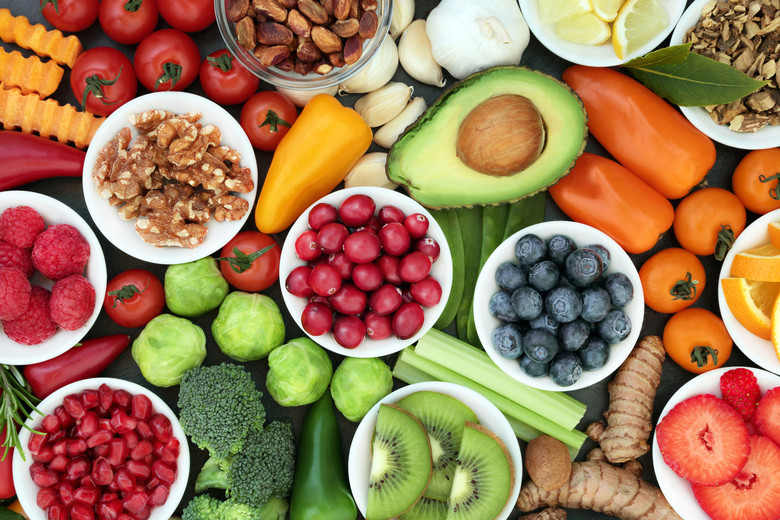Shop and change
The long term impact of coronavirus on retailing has yet to be determined, but as we come out of lockdown, we take a look at five important trends that have already emerged.
Shopstreaming
Online purchasing has obviously increased significantly during the pandemic, but physical retail has had its part to play, from using stores as collection points, through to `shopstreaming', where the digital interaction of buying online mixes with the social aspect of shopping with someone, such as the ability to ask questions or leave comments. This version of `live shopping' has been popular in Asia for a few years now, but is starting to gain traction around the world, accelerated by the pandemic. With consumer confidence still low, this new channel is an important addition for retailers to take advantage of.
Buying behaviour
With a recession looming, consumers have started tightening their belts, with 2016-indexed spend down by up to 50 points in non-food stores according to the ONS. While online spend has increased significantly, spend on large ticket items has decreased, with a recent survey showing that 62% of shoppers prefer purchasing these items in bricks and mortar stores. What consumers are purchasing has changed during lockdown: groceries, baking goods, sports equipment and games are all doing well, while health and beauty, electronics, apparel, plus home and furniture are all seeing declines.
Healthiness
One of the positive side effects of Covid-19 has been the increase in health awareness. A recent YouGov poll indicates that over two million smokers have either quit or tried to cut down. Sales of sports shoes, yoga and gym equipment have all increased during lockdown, as have sales of organic and healthy food. However, snacking has also increased during lockdown, as has the sale of alcohol. Online supermarkets – many of which also sell sportswear and sports equipment – have performed well over the period, with Ocado sales increasing over 40% during lockdown, though most were unable to cope with the demand at the start of lockdown.
Store location
With all the column inches devoted to the digital surge during lockdown, it would be easy to dismiss bricks and mortar retail as dead, particularly with so many well-known names either going bankrupt or shutting large numbers of stores. But footfall jumping up 20 points as some non-essential stores were allowed to open shows that online shopping cannot entirely replace the physical experience, and it will be important for retailers to maintain a presence going forward. As always with retail property, it's location, location, location, with the data showing that retail parks fared better than the high street or shopping centres.
Hospitality and Leisure
Perhaps the biggest impact has been to the hospitality and leisure industries, with all aspects, from airlines to zoos, being affected. Many would-be travellers are delaying trips abroad with UK beauty hotspots holding out hope that staycations will give a much-needed boost in the remaining months of the year. We expect that latent demand will be strong and, as countries open up and return to normal, trips abroad will increase though it is likely to be a few years before pre-Covid levels are achieved. Travel and leisure facilities would do well to take advantage of the current traveller downturn to carry out infrastructure projects earlier than might have been planned, thus being prepared for increased demand as it materialises.
As we move forward and further restrictions are lifted, we will continue to analyse and learn from both the winners and losers of the pandemic so that we’re better able to help our clients maximise their potential.
Chris van Ryswyck

